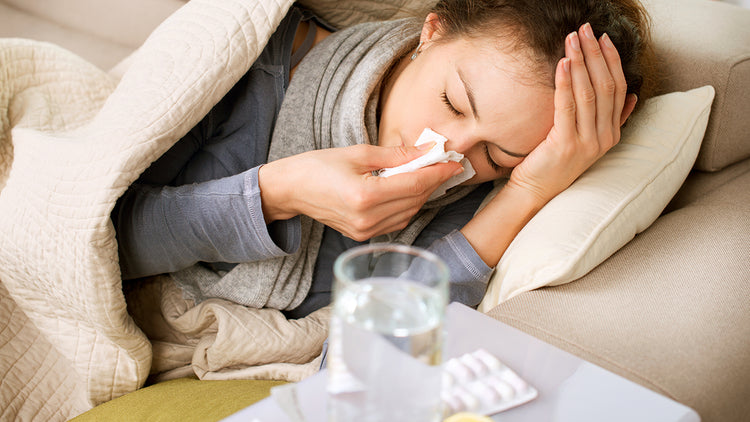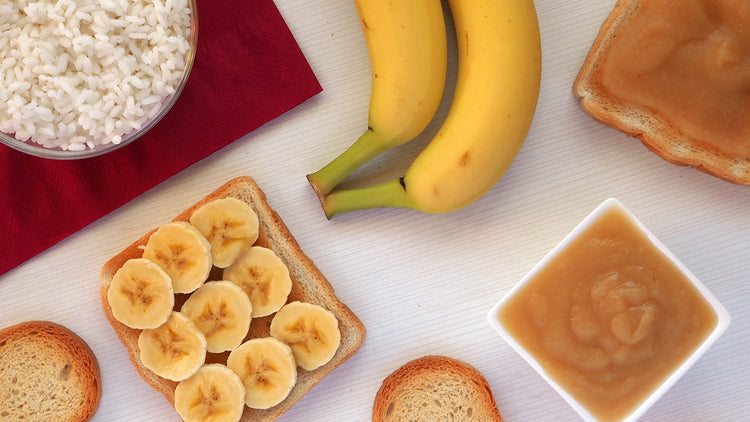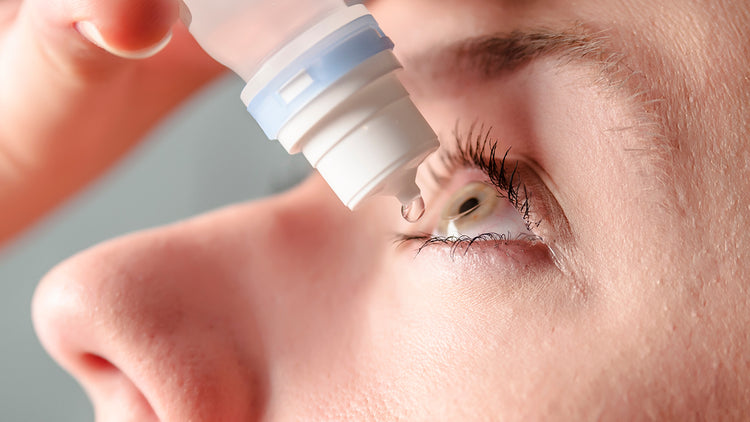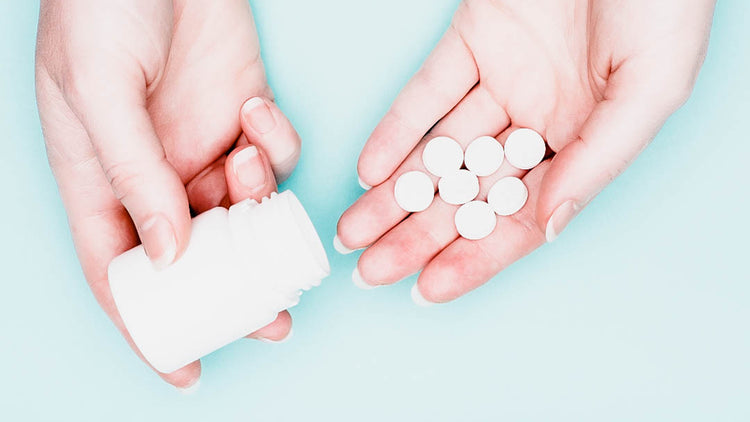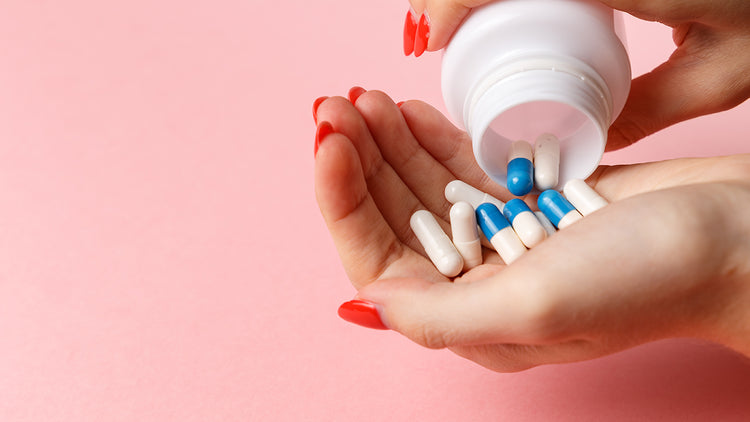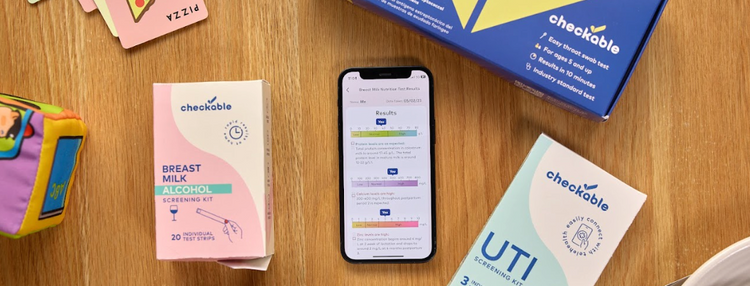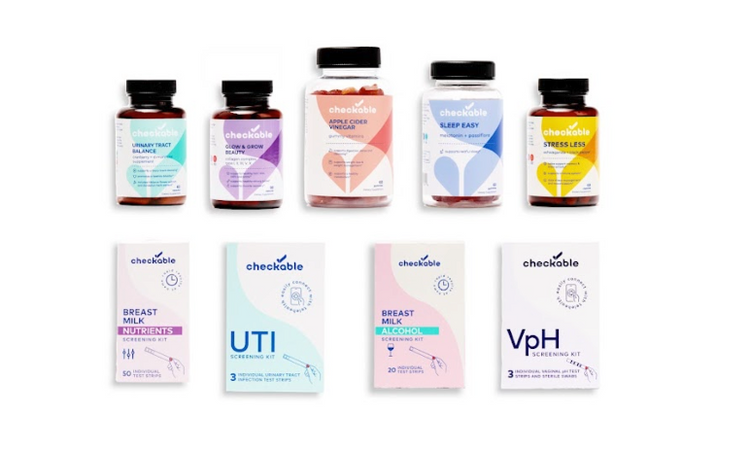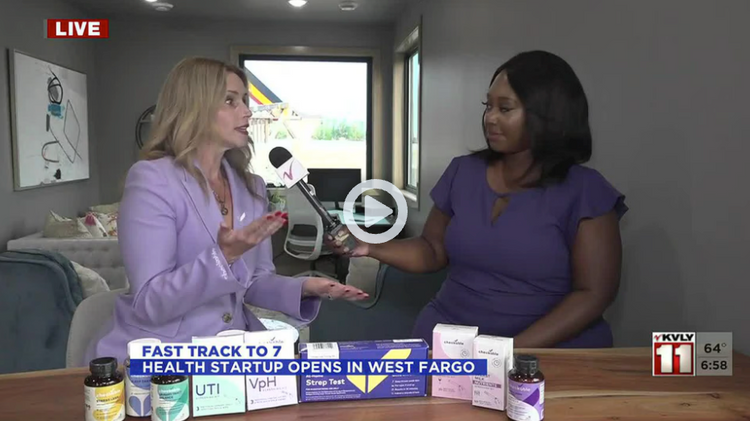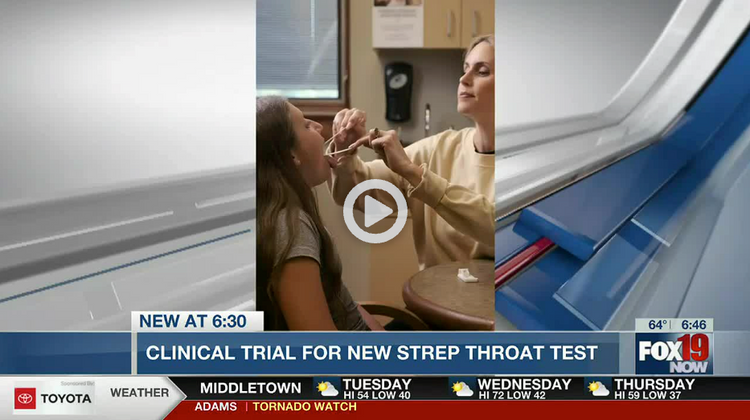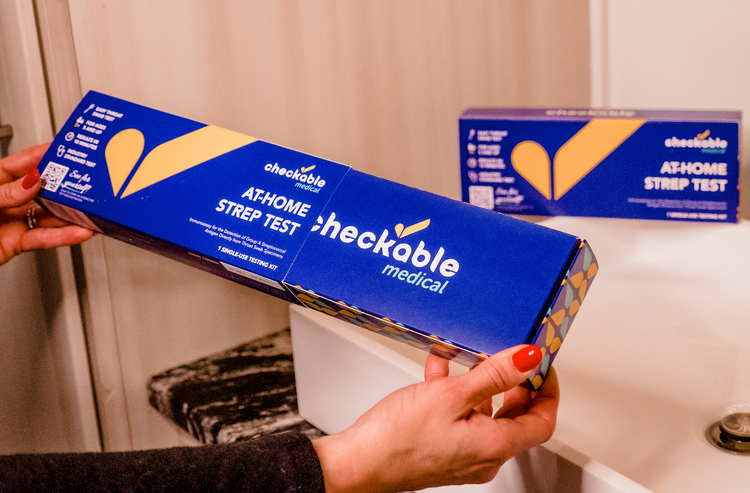
Being a female does come with a few womanly woes, but nothing that can stop us from conquering the world. Vaginal itching or discharge may not seem like a burning topic (pun intended), but these two forms of vaginitis can really throw you off your game. While both are easily treatable and share similarities, it is important to be able to tell the difference between them to properly treat the infections so you can get relief fast. We know that they both may come with itching, burning, and discharge, but they do have some distinct differences.
Do I have a Yeast Infection or BV?
Before we go through the symptom checklist, let's explain each condition. Bacterial vaginosis (BV) occurs when there is an overabundance of harmful bacteria and a reduction of Lactobacillus bacteria (the good bacteria) in the vagina. This bacterial imbalance can cause some pesky symptoms and is most commonly found in sexually active women between ages 15 and 44. A change in your vaginal pH may trigger BV.
A yeast infection is caused by an overgrowth of yeast in the vagina called Candida albicans. This type of infection is fungal rather than bacterial. Yeast lives naturally in the body and on the skin. If it grows more than the norm, it causes a yeast infection. Both BV and yeast infections are very common and easily treatable. You just have to identify which one it is.
BV Symptoms May Include:
- a “fishy” odor that gets stronger after sex or during menstruation
- thin gray, yellow, or greenish vaginal discharge
- vaginal itching
- burning when peeing
Some women report having no symptoms at all. BV treatment requires an antibiotic such as metronidazole or clindamycin. Once you begin treatment, you should feel some relief within two or three days.
Yeast Infection Symptoms May Include:
- thick, white, “cottage cheese-like” vaginal discharge
- redness and swelling around the vaginal opening
- pain, soreness, and itching of the vulva
- burning during urination
- burning during sex
Treatment for YI include over-the-counter suppository creams that kill the Candida fungus, including miconazole (Monistat) and clotrimazole. A doctor can also prescribe a prescription-strength suppository cream, or an oral medication called fluconazole. Both options should clear up the infection within a week.
Tips for Preventing Both BV and YI
Although these two conditions require different treatments and medications, some at-home remedies may be the same to help with symptoms.
- Probiotics: Probiotics contain "good" bacteria meant to support your gut microbiome and help your vaginal microbiome as well. You can take a daily probiotic supplement that contains millions of good bacteria strains or eat a nutrient-rich diet focusing on gut-friendly foods. Natural probiotics can be found in yogurt, kefir, kimchi, kombucha, and raw sauerkraut.
- Boric acid suppositories: Yes, sounds not healthy, but it is! Boric acid has become an increasingly popular natural remedy for BV and yeast infections. It helps promote the proper acid balance in the vagina.
- Avoid sex: Not forever, just until your infection is gone. Sex can cause more bacteria to enter the vagina, delaying recovery. If you must, use a condom.
- Apple cider vinegar supplements: The acidic and antimicrobial effects of ACV may help with vaginal symptoms. We suggest Checkable's Apple Cider Vinegar Gummies because they are good for you and super effective.
Tips to Reduce Your Risk of Getting BV and Yeast Infections
- Wear breathable underwear made of cotton.
- Avoid vaginal irritants like douching or scented soaps.
- Change tampons, pads, and disks often during your period.
- Practice good hygiene and wipe front to back.
- Don't sit around in a wet bathing suit for too long.
- Test your vaginal pH often to know your range, so you can stay infection-free.
If left untreated, both BV and yeast infections can lead to further complications. They can also both keep recurring. Many women get yeast infections or BV after taking antibiotics, and the kicker is you can actually have both at the same time for double the fun. Kudos if that happens to you. If you're unsure what's going on "down there," pick up Checkable's at-home vaginal pH test strips and see where your levels fall. If out of range, that is a good indicator of an infection. Knowing your symptoms will help target which one.
Life is too short to sit in a doctor’s office
Sign up for our weekly newsletter and get valuable healthcare tips and tricks in your inbox!
Sign up now and unsubscribe anytime.
- Choosing a selection results in a full page refresh.
- Press the space key then arrow keys to make a selection.













